You do not get fit on the trail. You take the fitness you already have and spend it, one climb, one descent, one long day at a time. If you run out halfway through, there is no quick top up, no shortcut to the hut. I have seen people set off with excitement in their eyes and a pack full of new gear, only to watch that excitement fade by the second afternoon when every step feels like work. It is not the mountains being unkind. It is simply that their legs, lungs and head were not ready for what they asked of them.
Safe hiking starts long before you tie your boots. The trail is only the test. The real work happens weeks or months before, in the small, steady efforts that build the stamina, strength and technique you will need. If you prepare well for a hut-to-hut trek, you give yourself more than just a better chance of finishing. You give yourself the freedom to look up, take in the view and enjoy where you are, instead of counting down the kilometres until it is over.




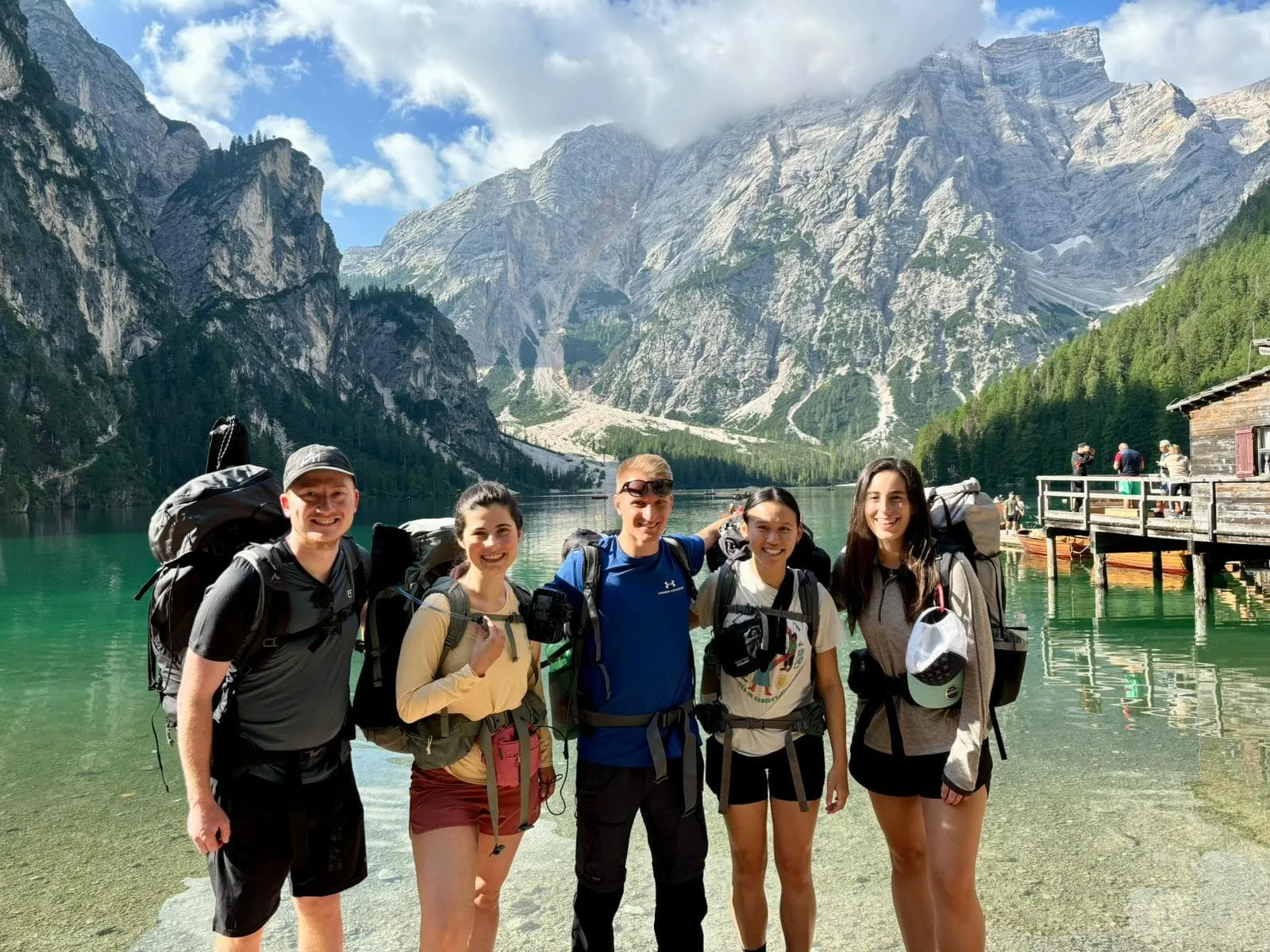
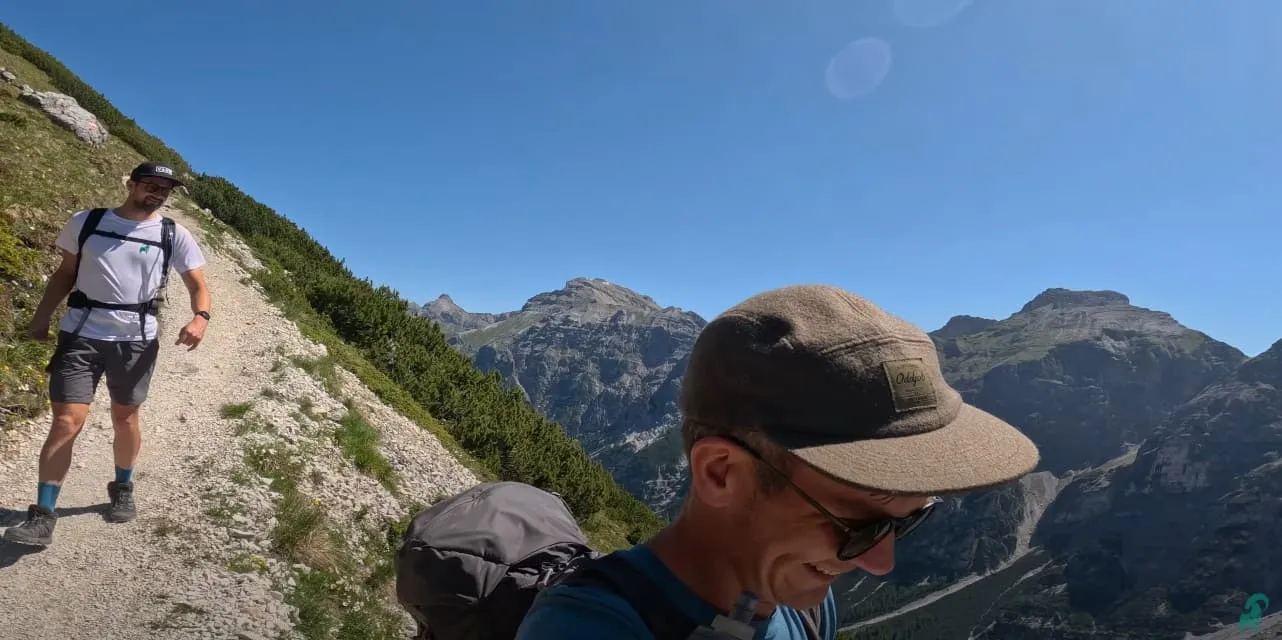
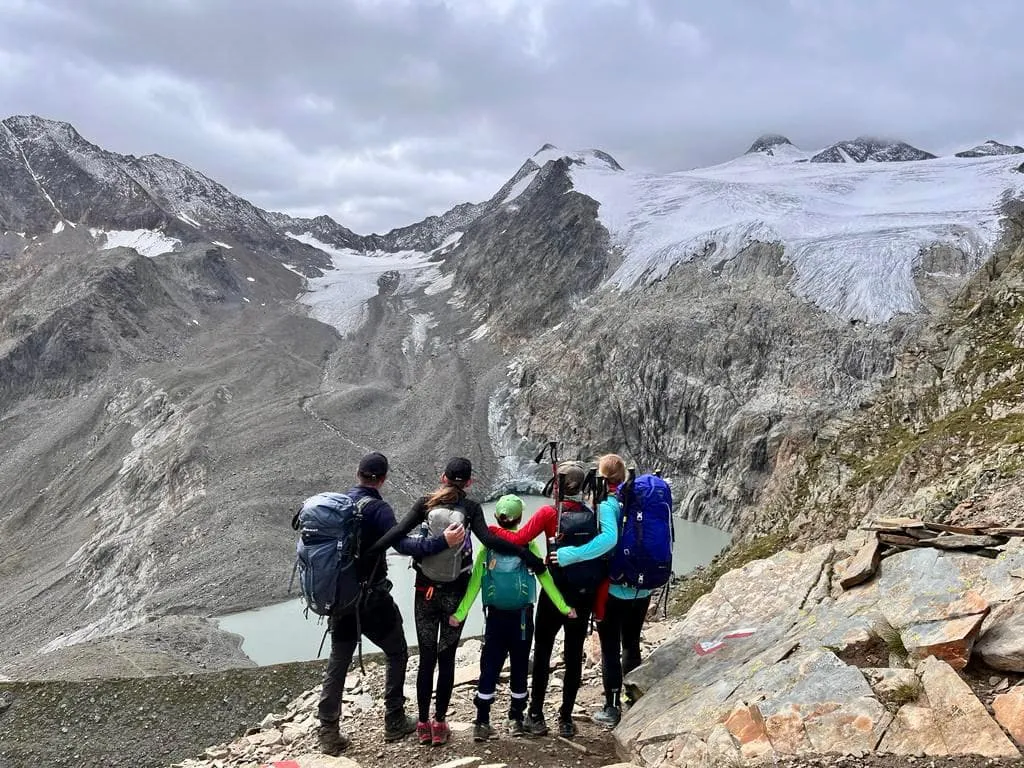
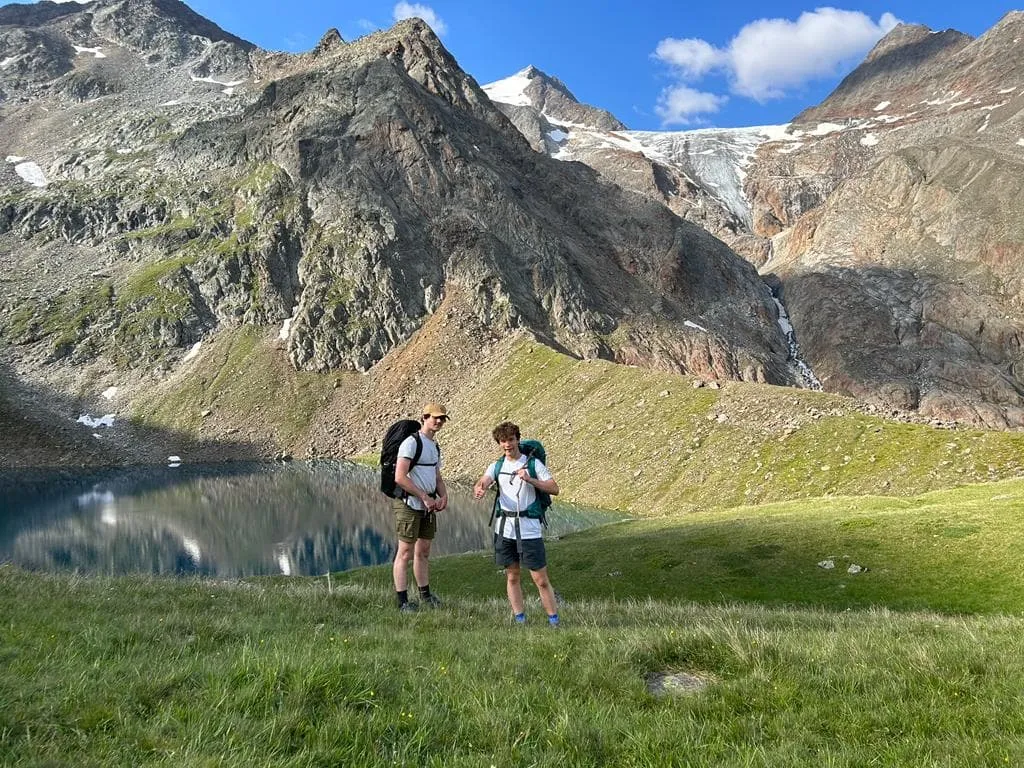
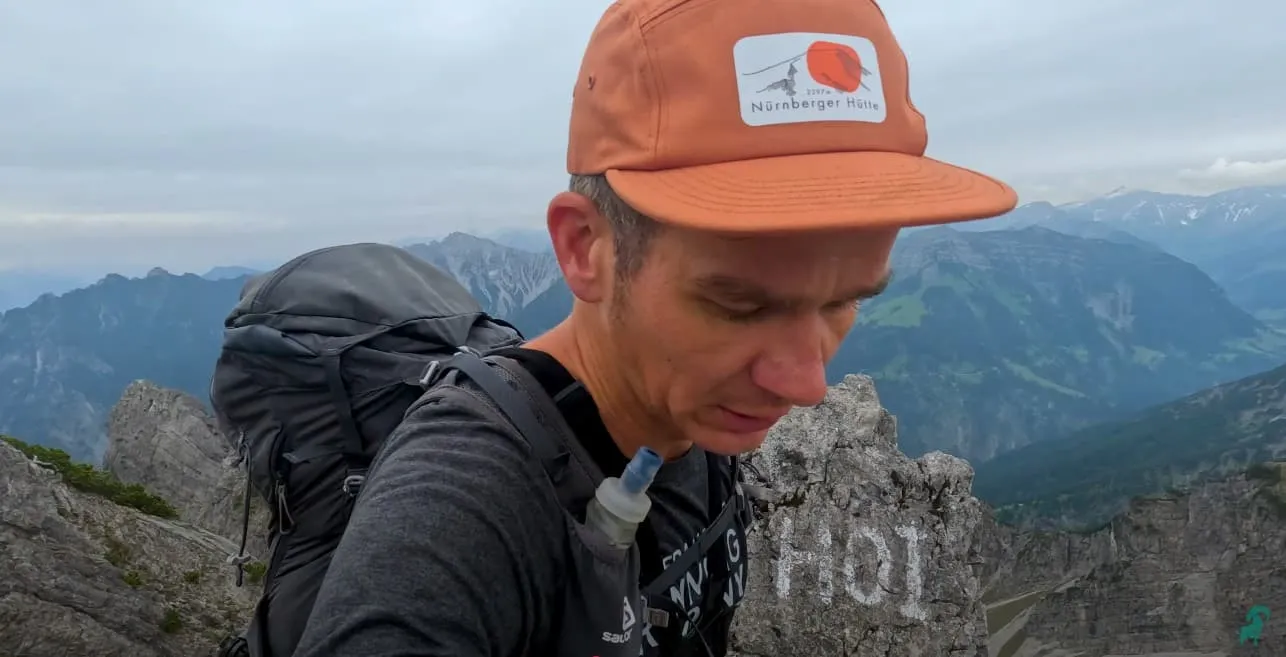

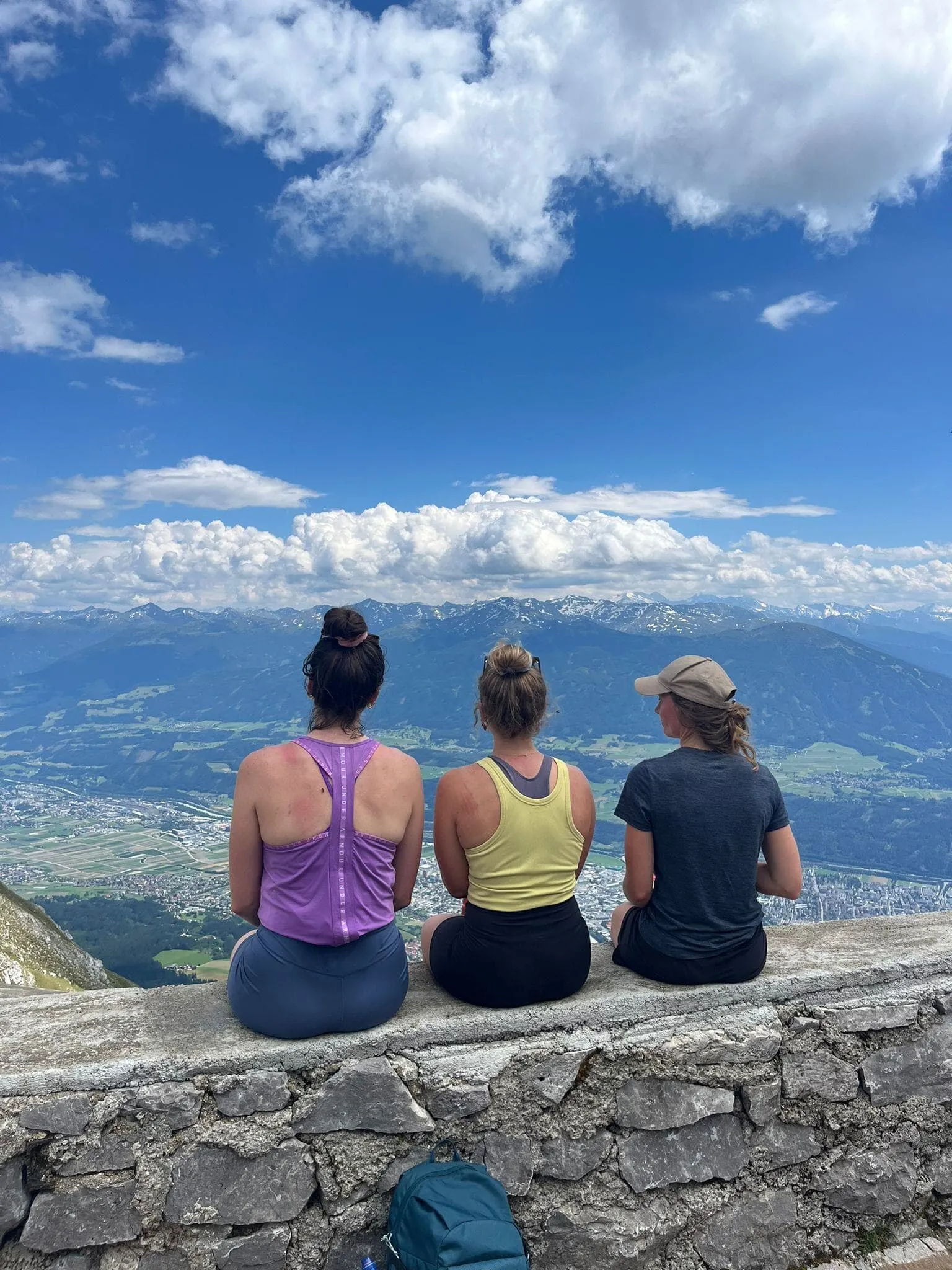
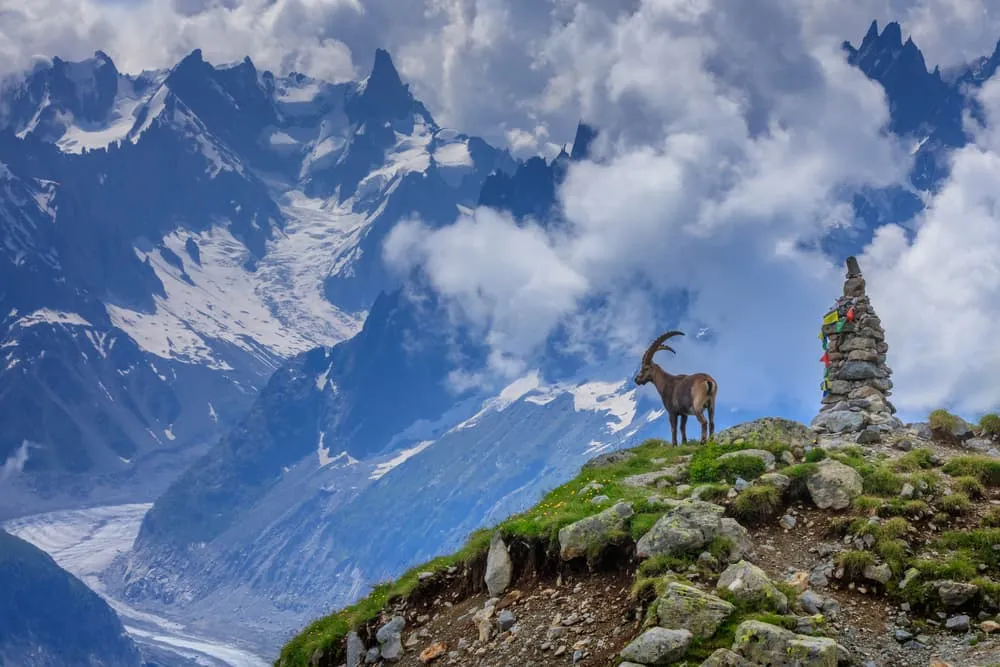
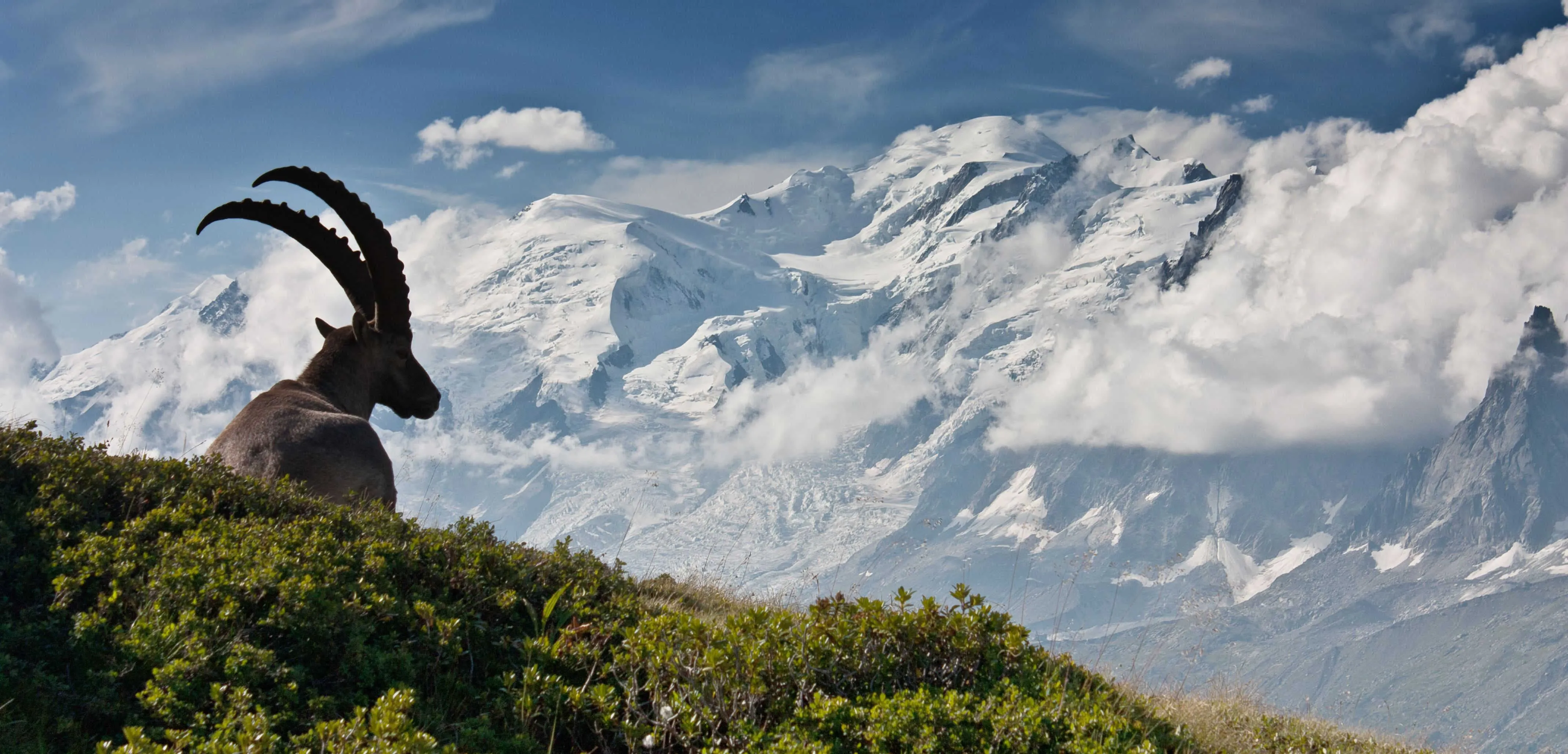
Comments